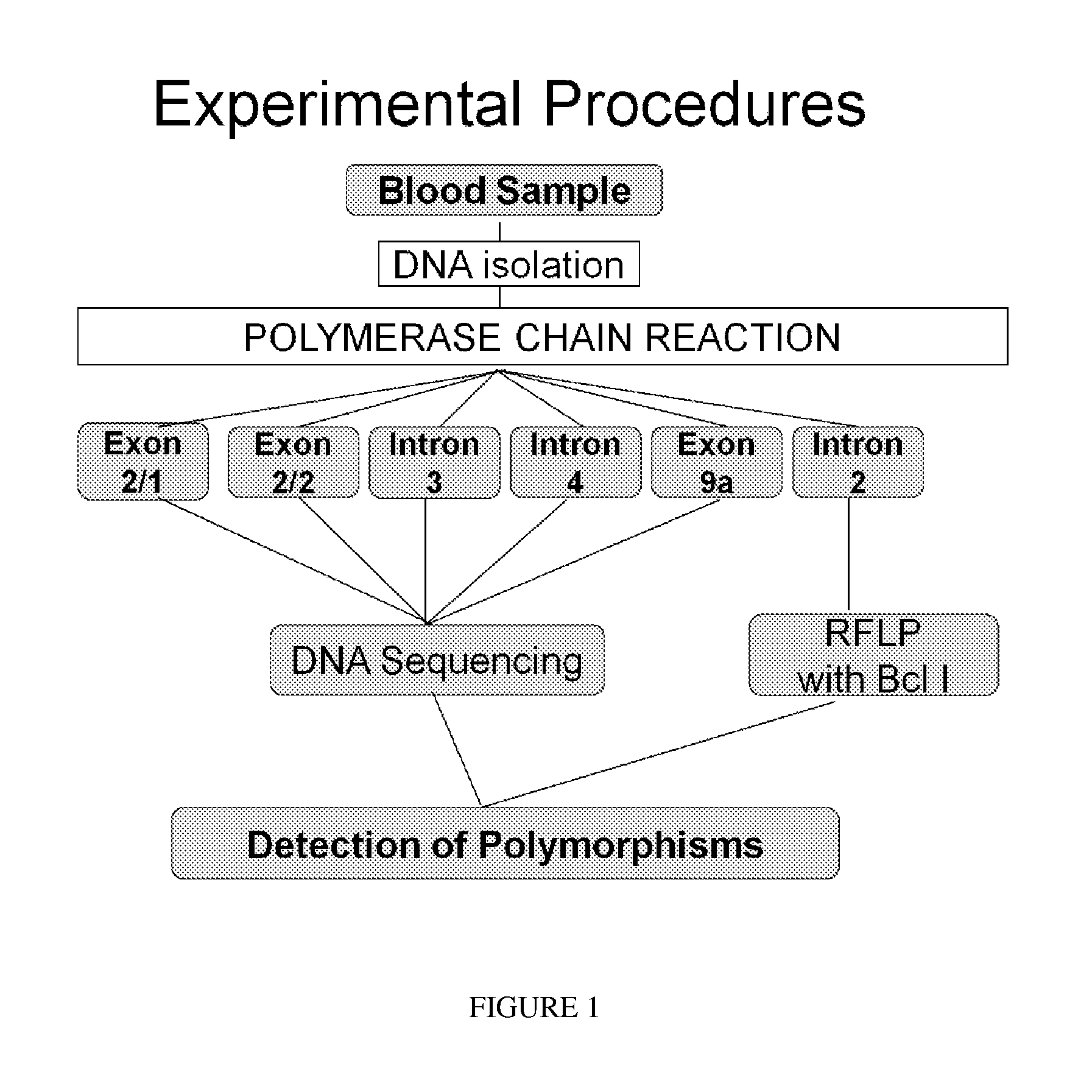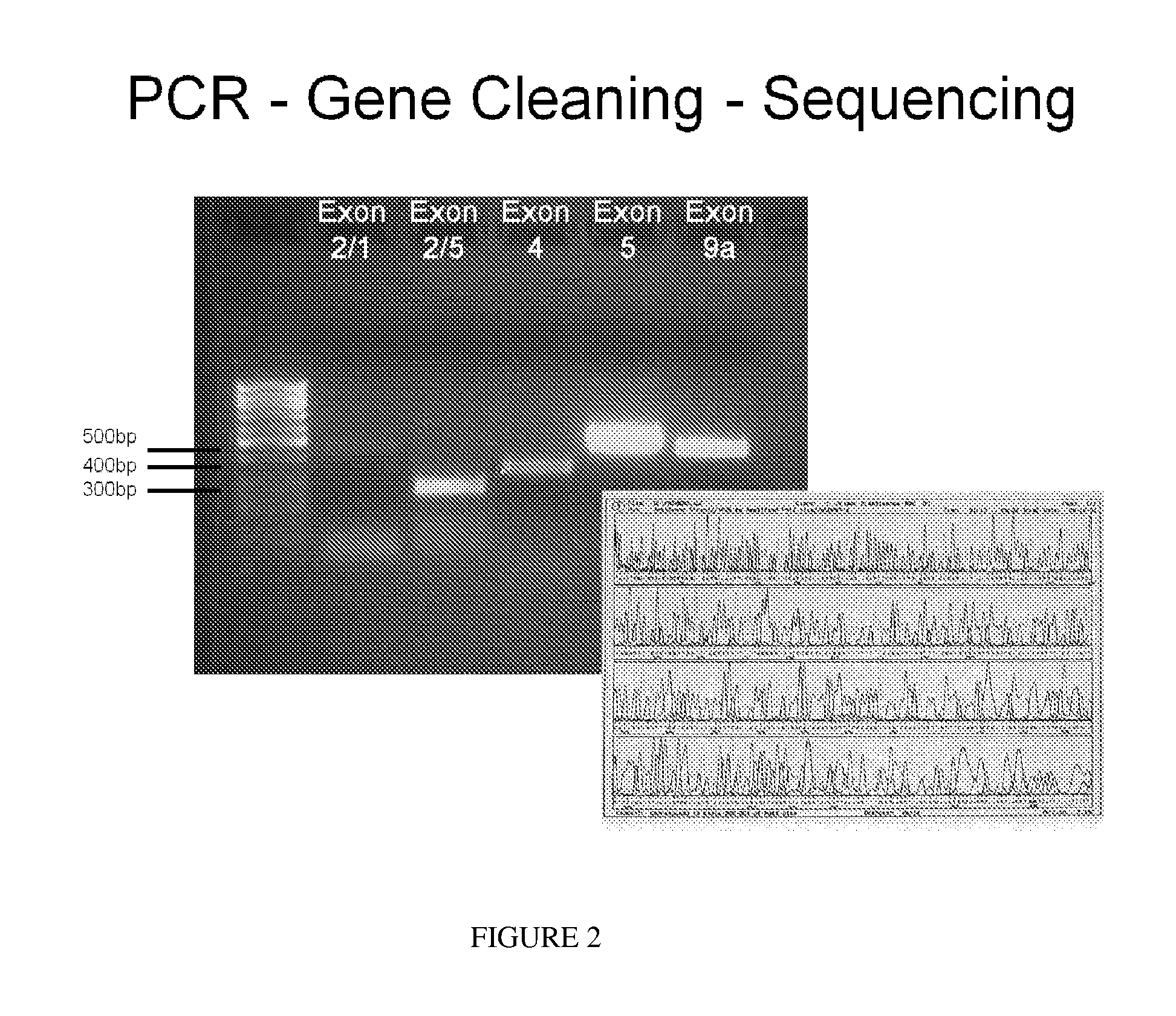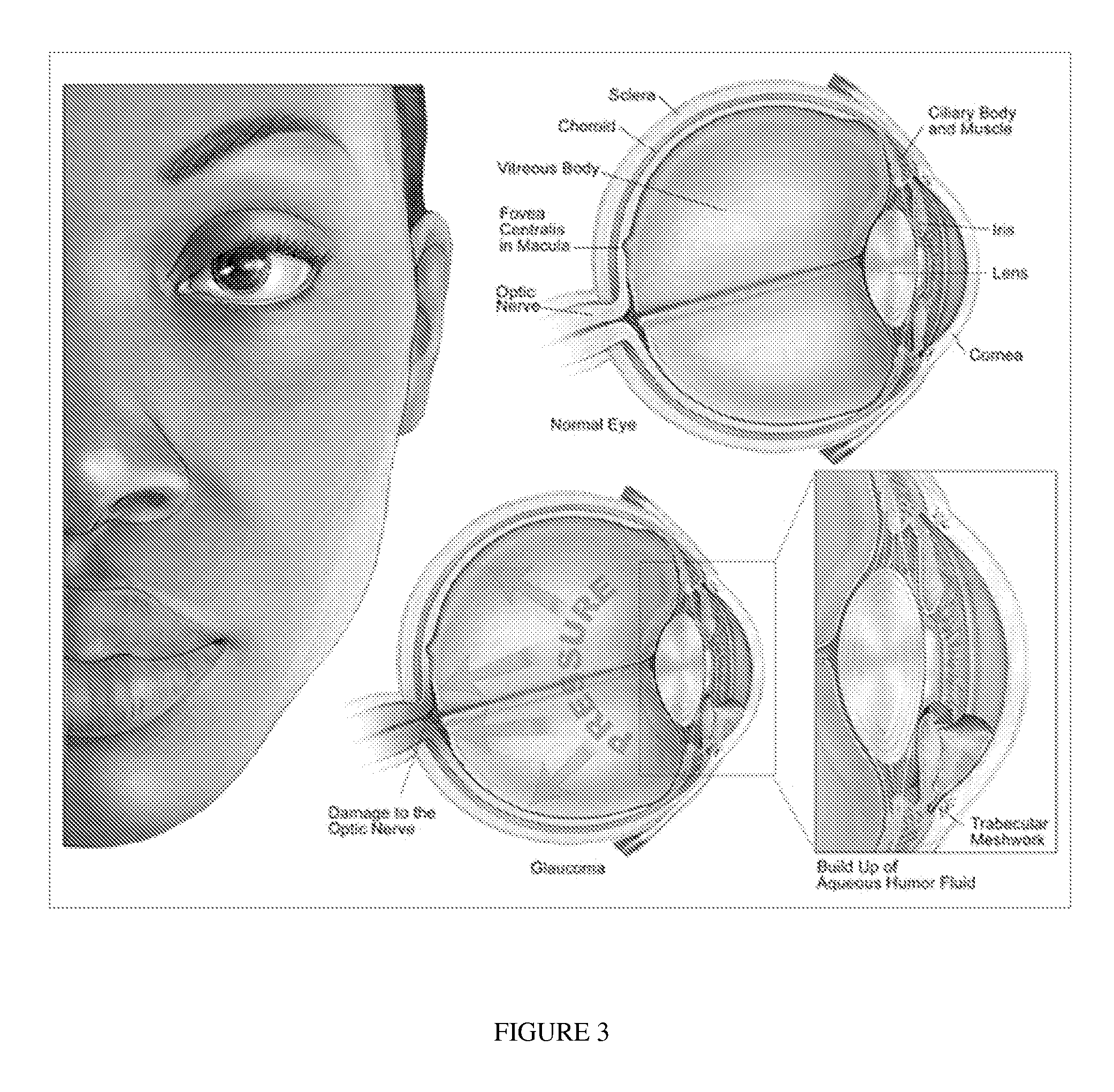Molecular targets for modulating intraoccular pressure and differentiation of steroid responses versus non-responders
a technology of intraocular pressure and molecular targets, which is applied in the field of molecular biomarkers, drug targets, prediction of steroid responses and modulation of intraocular pressure, can solve the problems of increasing intraocular pressure in the eye, and increasing the risk factor of glaucoma (top),
- Summary
- Abstract
- Description
- Claims
- Application Information
AI Technical Summary
Benefits of technology
Problems solved by technology
Method used
Image
Examples
examples
[0193]The following non-limiting Examples serve to illustrate selected embodiments of the invention. It will be appreciated that variations in proportions and alternatives in elements of the components shown will be apparent to those skilled in the art and are within the scope of embodiments of the present invention.
Materials and Methods
[0194]This study was compliant with the Declaration of Helsinki, the institutional review board of the University of Miami, and the Health Insurance Portability and Accountability Act. Informed consent was obtained from the subjects after explanation of the nature and possible consequences of the study.
[0195]Patients who were recruited were offered treatment with IVTA for various retinal diseases or who had received IVTA in the past. Each patient was treated with IVTA, 4 mg in 0.1 cc, for a variety of indications, at the discretion of the treating physician. Inclusion criteria included age greater than 18 years and the ability to give appropriate inf...
example 2
Pharmacogenomic Associations for Predicting the Steroid Response for Individual Patients
[0210]Purpose:
[0211]The phenomenon of increased intraocular pressure (TOP) following injection of intravitreal triamcinolone acetonide (IVTA) is an important clinical problem with a poorly understood etiology.
[0212]Methods:
[0213]A small DNA bank was created using peripheral blood samples from 53 patients treated with IVTA for a variety of retinal diseases. TOP was measured at baseline and at each subsequent visit for up to 1 year, or until the eye was treated with intraocular surgery, another intravitreal injection, or any medical therapy intended to lower TOP. ATOP was defined as the highest post-injection TOP minus the baseline TOP, with a positive value indicating a rise in TOP following IVTA. The peripheral blood samples were subjected to genome-wide DNA screening using the GENECHIP® Human Mapping 500K Array Set (Affymetrix, Santa Clara, Calif.).
[0214]Results:
[0215]Over 440,000 genes were scr...
PUM
| Property | Measurement | Unit |
|---|---|---|
| pH | aaaaa | aaaaa |
| composition | aaaaa | aaaaa |
| elongation | aaaaa | aaaaa |
Abstract
Description
Claims
Application Information
 Login to View More
Login to View More - R&D
- Intellectual Property
- Life Sciences
- Materials
- Tech Scout
- Unparalleled Data Quality
- Higher Quality Content
- 60% Fewer Hallucinations
Browse by: Latest US Patents, China's latest patents, Technical Efficacy Thesaurus, Application Domain, Technology Topic, Popular Technical Reports.
© 2025 PatSnap. All rights reserved.Legal|Privacy policy|Modern Slavery Act Transparency Statement|Sitemap|About US| Contact US: help@patsnap.com



